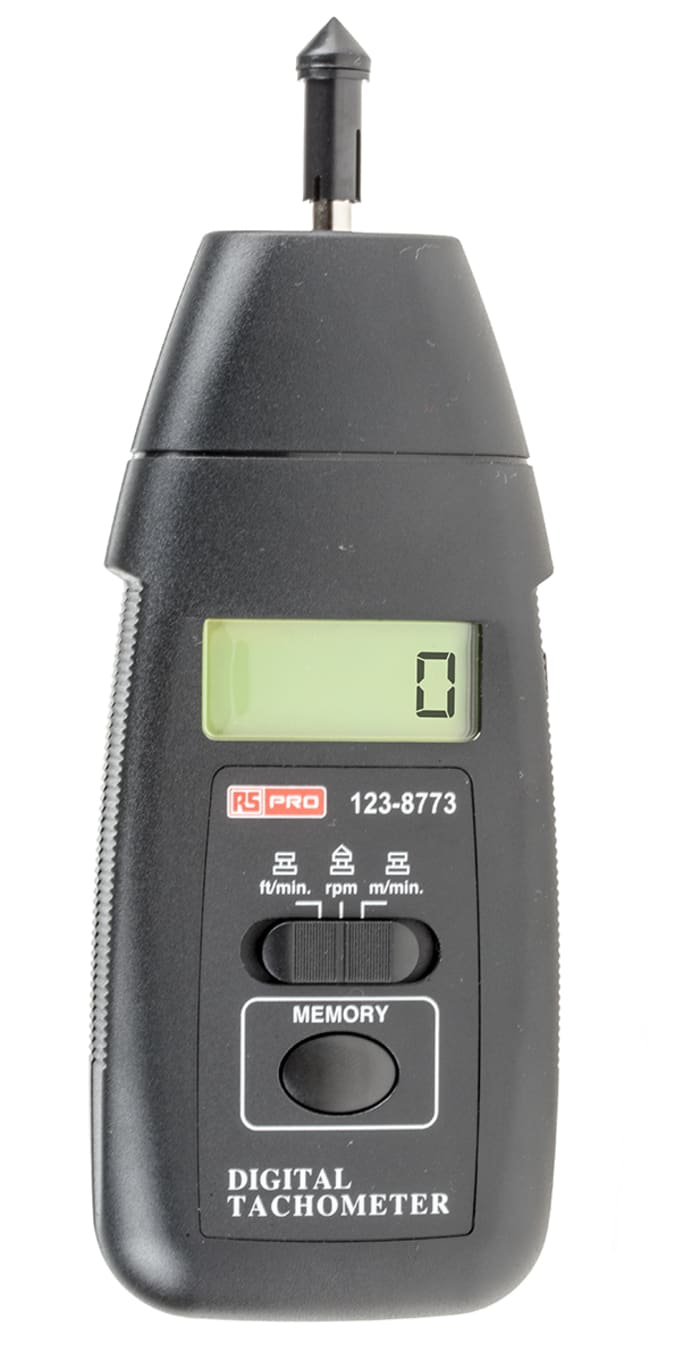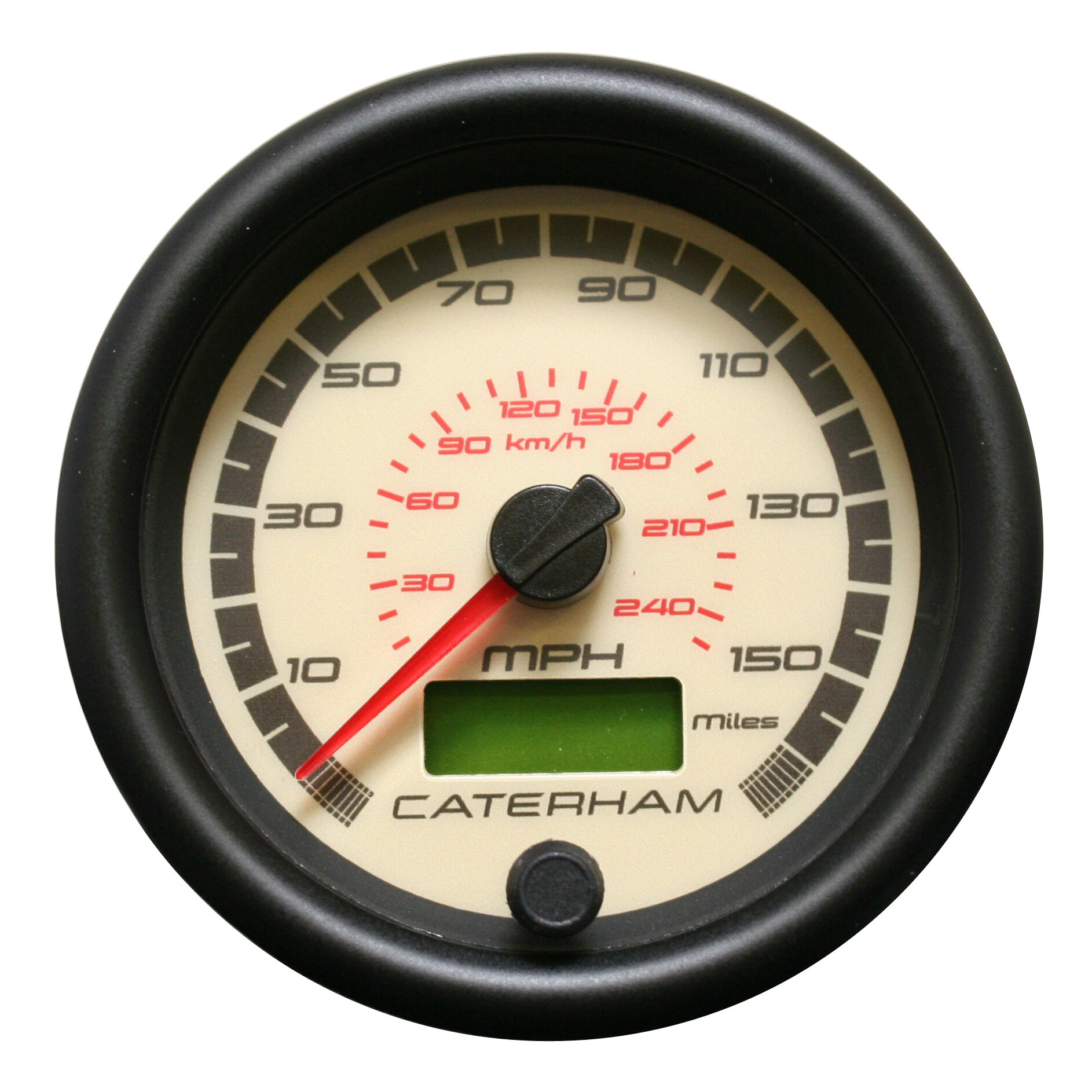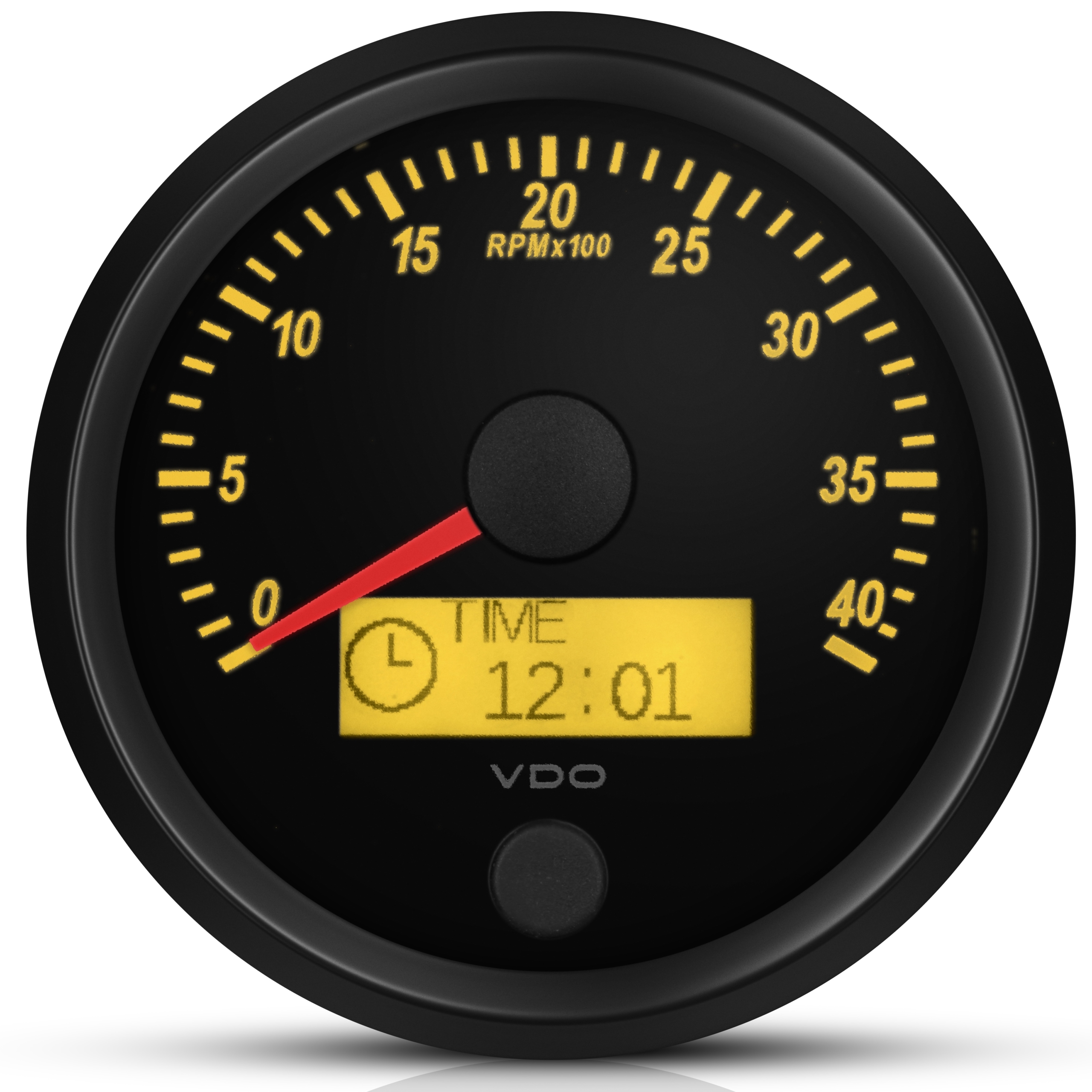Comprehensive Guide to Understanding and Utilizing a Tachometer Successfully
Comprehensive Guide to Understanding and Utilizing a Tachometer Successfully
Blog Article
The Relevance of a Tachometer in Keeping Track Of Engine Rate and Performance in Automotive Applications
In the realm of vehicle design, the tachometer stands as a crucial instrument in the driver's toolbox, supplying a straight home window right into the internal functions of an automobile's engine. Past its feature as a plain scale of changes per min (RPM), the tachometer offers as a crucial tool for enthusiasts and professionals alike, providing real-time insights into engine performance and health.
Significance of Keeping Track Of Engine RPM
Monitoring engine RPM, or revolutions per min, is an important aspect of automotive upkeep and performance evaluation. Engine RPM straight correlates with the speed at which the engine's crankshaft rotates, suggesting how rapidly the engine is running - tachometer. By keeping track of RPM, mechanics can assess the wellness of the engine, identify possible problems, and fine-tune performance. An unusual RPM analysis might indicate problems such as engine misfires, faulty trigger plugs, or concerns with the fuel delivery system. Continually high RPM analyses could show hostile driving practices or the need for a greater gear change to enhance fuel performance.
Furthermore, checking engine RPM is vital for efficiency assessment in auto racing and high-performance cars. Maintaining ideal RPM levels is vital for achieving peak power outcome and acceleration. Racers commonly use tachometers to ensure they are running within the optimal RPM array for maximum efficiency. In recap, keeping track of engine RPM is not just vital for finding issues however additionally for optimizing engine performance in numerous automobile applications.

Benefits of Real-Time Data
In vehicle applications, real-time information plays a crucial role in offering immediate insights into the performance and condition of the car. By constantly keeping an eye on different specifications such as engine rate, temperature level, gas consumption, and more, real-time data provides many advantages that add to improved performance and safety on the road.
Additionally, real-time information helps with efficiency optimization by supplying immediate comments on driving practices and engine performance. Chauffeurs can readjust their habits in real-time based on this details to accomplish better fuel economic situation and extend the life-span of their car.

In addition, real-time data plays a crucial role in contemporary automotive diagnostics, making it possible for technicians to swiftly diagnose and attend to breakdowns. This results in lowered downtime, lower upkeep costs, and eventually, boosted overall car dependability and long life (tachometer). By utilizing the power of real-time information, auto stakeholders can make informed choices that positively affect both the efficiency and longevity of the car
Effect On Gear Shifts
The tachometer plays an important duty in enhancing equipment changes by giving real-time engine rate information to the vehicle driver. the original source When coming close to the redline on the tachometer, it indicates the motorist to upshift to protect against over-revving the engine and triggering potential damage.
Moreover, the tachometer help in attaining smoother equipment shifts, particularly in manual transmissions. By checking engine rate, motorists can perform gear changes at the ideal RPM variety, reducing snagging movements and reducing wear on the transmission parts. This accuracy in gear adjustments not just enhances driving convenience yet likewise contributes to sustain effectiveness.
Enhancing Gas Performance
Provided the critical duty the tachometer plays in enhancing gear changes for performance and engine wellness, it directly adds to making the most of gas performance in automobile applications. By giving real-time comments on engine speed, the tachometer helps drivers in keeping the most reliable RPM range for gas economy. When vehicle drivers constantly keep track of the tachometer and readjust their driving behaviors appropriately, they can stay clear of unnecessary gas intake brought on by over-revving or hauling the engine.
In addition, the tachometer helps drivers identify the most like it fuel-efficient gear to be in at any type of given moment, avoiding the engine from working tougher than necessary. In verdict, the tachometer offers as a useful tool in improving gas effectiveness by advertising optimal driving routines and determining locations for enhancement in the car's performance.

Maximizing Engine Longevity
The tachometer's duty in keeping an eye on engine speed and performance is instrumental in making sure the longevity of vehicle engines. Monitoring the tachometer enables drivers to stay within the advised RPM range for their automobile, preventing unneeded pressure on the engine and prolonging its life-span.

Conclusion
In verdict, the tachometer plays an important role in keeping an eye on engine speed and performance in auto applications. By giving real-time data on RPM, it permits for efficient gear shifts, enhanced fuel efficiency, and made the most of engine long life. This device is important for keeping optimal engine efficiency and ensuring the general capability of a car.
Report this page